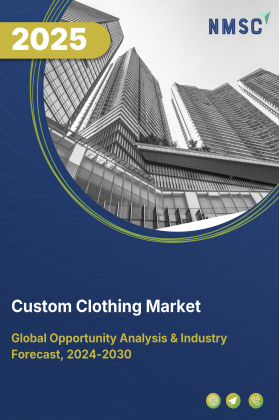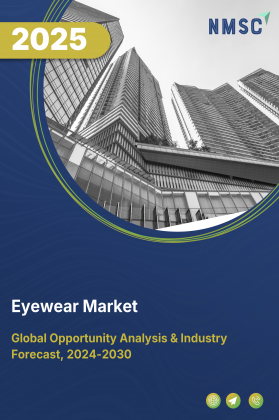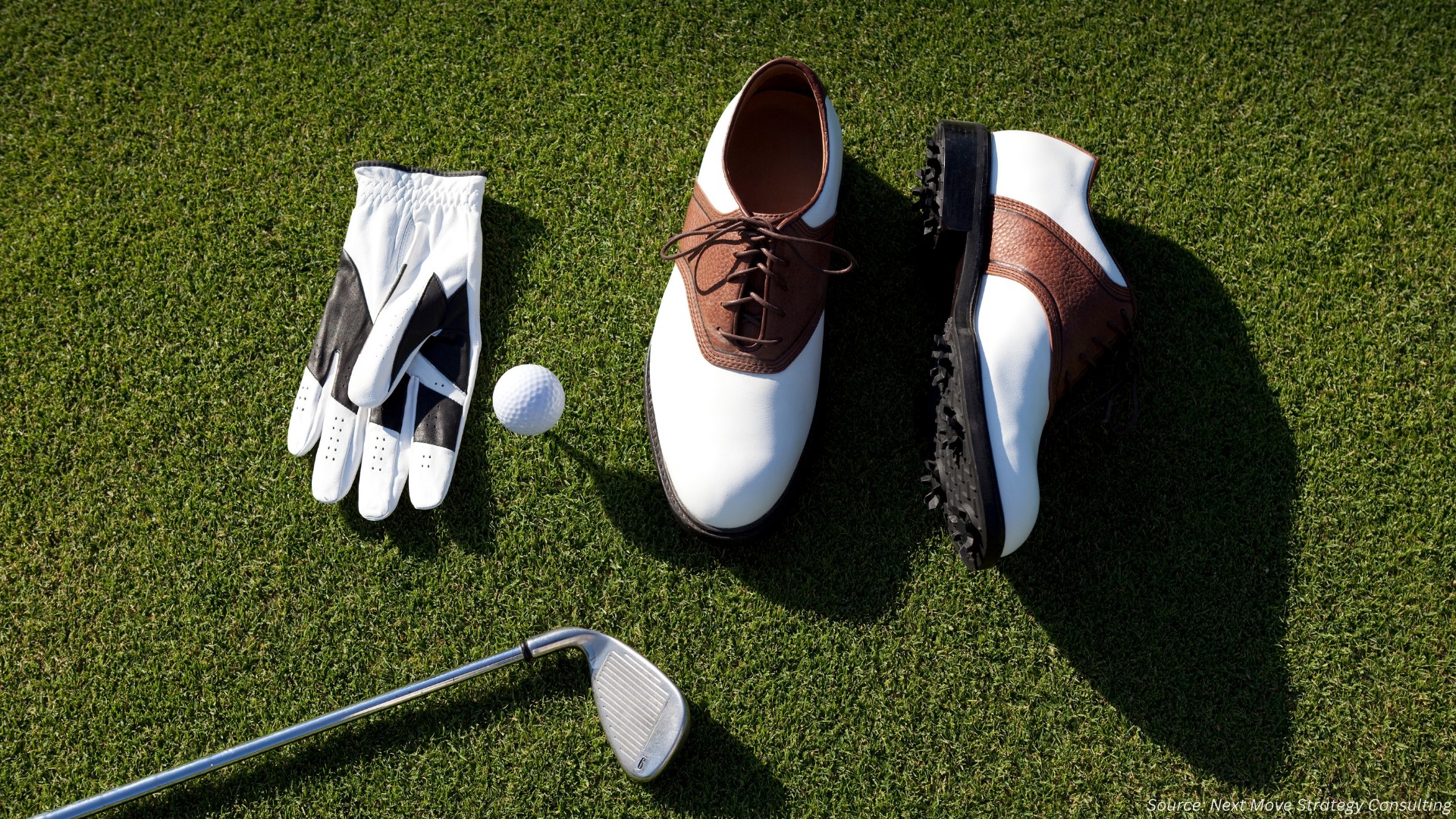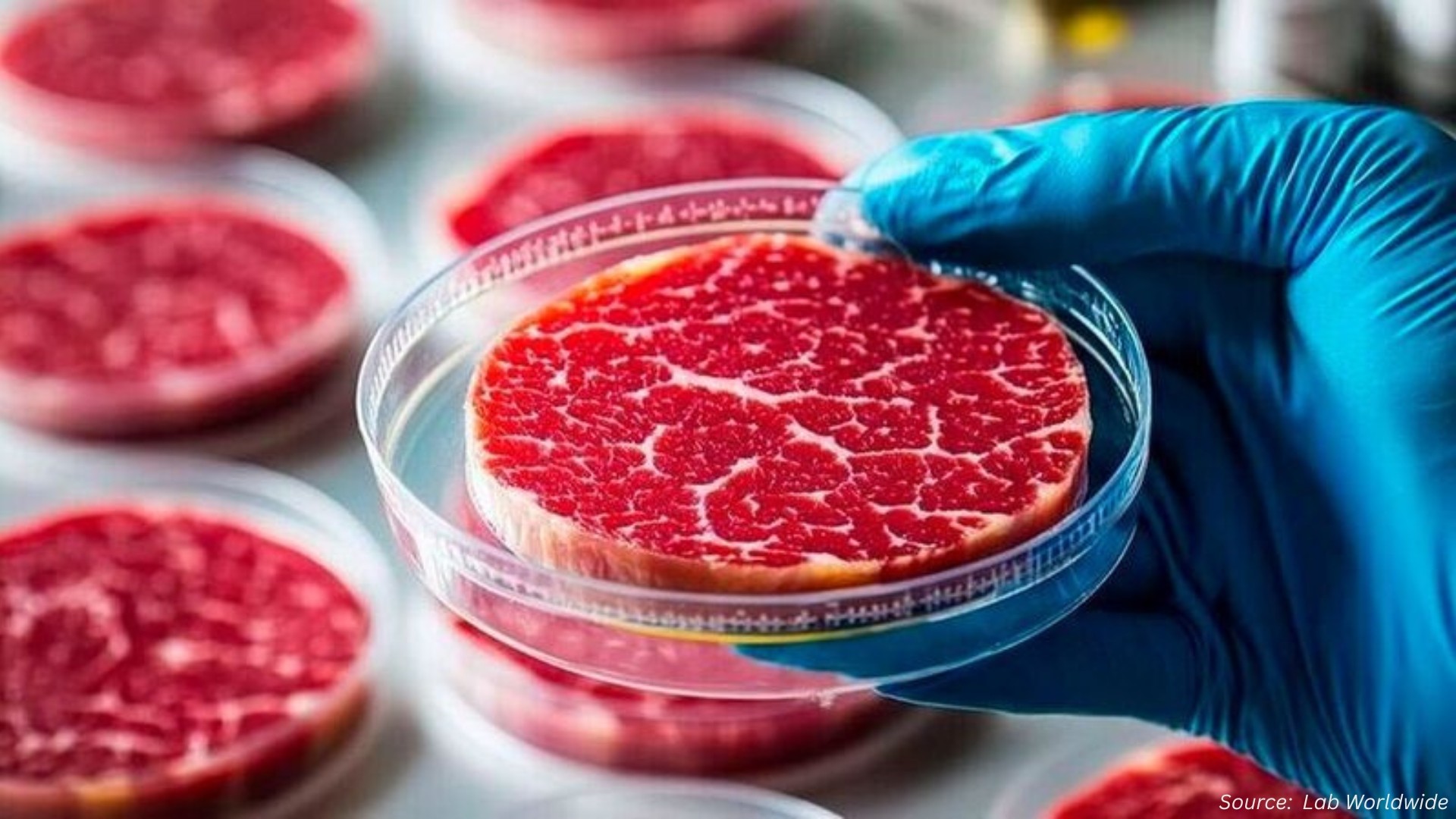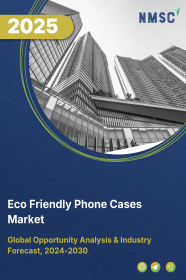
Eco-Friendly Phone Cases Market by Type (Back Covers, & Full-Body Cases), by Product Type (Shockproof Eco-Friendly Cases, & Others), by Design Type (Customizable Designs, & Others), by Material (Biodegradable Materials, & Others), by Price Range (Low Price, & Others), by Application (iPhone, & Android Phones), by Distribution Channel (Online (E-Commerce Platforms & Others), & Others), and by End Users (Individual Consumers, & Others)–Global Opportunity Analysis and Industry Forecast 2025-2030
Eco-Friendly Phone Cases Market Overview
The global Eco-Friendly Phone Cases Market size was valued at USD 10.20 billion in 2024 and is predicted to reach USD 10.65 billion by the end of 2025. The industry is predicted to reach USD 13.28 billion by 2030 with a CAGR of 4.5% from 2025-2030.
The market is growing due to rising environmental awareness, consumer demand for smartphones, and supportive green regulations. Consumers are shifting from plastic cases to eco-friendly alternatives made from biodegradable or recycled materials.
A key challenge remains matching the durability of traditional cases, though ongoing innovations are addressing this. There is strong opportunity in creating innovative, stylish, and functional designs that meet both sustainability and performance expectations, driving broader market adoption.
The Increasing Environmental Awareness Drives the Market Growth
One of the primary forces fueling the growth potential of the market is the increasing global awareness of environmental issues, particularly the pervasive problem of plastic waste. Consumers are becoming more conscious of the lifecycle of their purchases and the impact these products have on the planet. Traditional phone cases, often made from non-biodegradable plastics, contribute significantly to landfill waste and pollution.
As people become more informed about these environmental consequences, they actively seek out alternatives that align with their values. This growing environmental awareness acts as a strong market driver, pushing consumers to choose sustainable phone case options made from materials like plant-based polymers, recycled materials, or even compostable substances. This shift in consumer mindset is a fundamental reason for the observed market trends and the expanding industry size of eco-friendly mobile accessories.
Rising Smartphone Adoption Boosts the Eco-Friendly Phone Cases Market Expansion
Rising smartphone adoption significantly boosts the eco-friendly phone case market expansion, as increasing global smartphone penetration, with over 6.8 billion users reported by the International Telecommunication Union in 2024, drives demand for accessories that align with growing environmental consciousness.
In regions like North America and Europe, where the U.S. Census Bureau notes high disposable income of USD 81,060 median household income in 2024 and Eurostat highlights 93% of EU citizens prioritizing environmental protection, eco-friendly phone cases made from biodegradable or recycled materials are gaining traction.
The Expansion of Regulatory Support and Green Certification Programs Fuels the Market Growth
Heightened awareness regarding the environmental footprint of consumer electronics accessories is another crucial driver for the market. While the environmental impact of smartphones themselves is a well-documented issue, consumers are increasingly recognizing that the accessories they use also contribute to environmental concerns. The sheer volume of phone cases produced and discarded globally adds to the plastic waste problem. This growing understanding is prompting consumers to consider the sustainability of their accessories, leading to a greater demand for eco-friendly alternatives.
Educational content and increased transparency from brands about their environmental practices are further amplifying this awareness. As consumers become more informed about the materials used and the end-of-life options for their phone cases, the demand for biodegradable and compostable options continues to rise, fueling the eco-friendly phone cases market expansion.
Durability Concerns Pose a Challenge to Market Adoption
A significant restraints or challenges in the eco-friendly phone cases market is achieving comparable durability and protection to conventional plastic cases. Consumers expect their phone cases to safeguard their expensive devices from drops, scratches, and impacts. While traditional plastics offer a certain level of resilience, some early eco-friendly alternatives may have faced skepticism regarding their protective capabilities.
However, ongoing material innovation is constantly addressing this challenge. For example, cases made from robust plant-based polymers or incorporating recycled materials are increasingly demonstrating comparable durability. Brands are also focusing on rigorous testing and clear communication about the protective features of their sustainable phone cases to build consumer confidence. Overcoming this perception and delivering truly durable, eco-friendly options is crucial for the continued growth and widespread adoption within the market.
Innovative Sustainable Designs Creates Market Expansion Opportunities
A significant opportunity for industry players in the eco-friendly phone cases market growth lies in expanding product portfolios with innovative and appealing sustainable designs. As consumer demand for eco-friendly products grows, there is a vast space for creativity and differentiation. This includes not only the materials used, such as exploring novel options like mycelium or incorporating agricultural waste, but also the aesthetic design and functionality of the cases.
For instance, Pela Case launched a fully biodegradable phone case made from Flaxstic, a blend of flax straw and plant-based biopolymers, which is certified to decompose in 3 to 6 months. This move reinforces their sustainability commitment and exemplifies how innovation can align with environmental values.
Brands that can offer sustainable phone cases that are not only environmentally responsible but also stylish, durable, and feature-rich will have a significant competitive advantage. Collaborations with designers and material scientists can drive this innovation, leading to new product categories and attracting a wider range of consumers. The focus on innovation will be crucial in further driving market trends and increasing the overall market size.
Market Segmentation and Scope of Study
The eco-friendly phone cases market report is divided on the basis of type, product type, design type, material, price range, application, distribution channel, and end users. On the basis of type, the market is divided into back covers and full-body cases. On the basis of product type, the market is divided into shockproof eco-friendly cases, minimalist eco-friendly cases, luxury eco-friendly cases, folio eco-friendly cases, and eco-friendly wallet cases. On the basis of design type, the market is divided into customizable designs, pre-designed cases, and minimalistic and sleek designs. On the basis of material, the market is divided into biodegradable materials, recycled materials, silicone cases, wooden cases, hemp and plant-based materials, and other materials. On the basis of price range, the market is divided into low price, mid-range price, and premium price. On the basis of application, the market is divided into iPhone and Android phones. On the basis of distribution channel, the market is divided into online sales and offline sales. Online sales are further segmented into e-commerce platforms and company websites. And offline sales are segmented into physical retail stores and specialty stores. On the basis of end users, the market is divided into individual consumers and corporate buyers. Regional breakdown and analysis of each of the aforesaid segments includes regions comprising of Asia-Pacific, North America, Europe, and RoW.
Geographical Analysis
North America, with its relatively high levels of environmental awareness and disposable income, is a significant contributor to the eco-friendly phone case market. The strong consumer preference for sustainable products and ethical sourcing in this region likely translates to a higher adoption rate of eco-friendly mobile accessories, with the U.S. Environmental Protection Agency reporting that 67% of U.S. adults are concerned about climate change, driving demand for sustainable consumer goods.
The U.S. Census Bureau notes that median household income reached USD 81,060 in 2024, supporting purchasing power for premium eco-friendly products. Additionally, the U.S. Department of Commerce highlights that e-commerce sales of sustainable goods grew by 12% in 2024, bolstering the market for eco-friendly phone cases.
However, high prices of sustainable accessories compared to conventional alternatives may deter cost-sensitive consumers, and skepticism about greenwashing, as noted in Federal Trade Commission guidelines on environmental marketing claims, could undermine trust in eco-friendly claims.
Europe, characterized by high environmental awareness and disposable income, is a key market for eco-friendly phone cases, driven by strong consumer demand for sustainable products and ethical sourcing. Eurostat data indicates that 93% of EU citizens view environmental protection as a priority, with countries like Germany and Sweden leading in sustainable consumption policies.
The European Commission’s Circular Economy Action Plan promotes eco-labels and ethical sourcing, incentivizing products like biodegradable phone cases, with USD 150 million allocated in 2024 for sustainable product initiatives.
Furthermore, the European Environment Agency reports that 60% of consumers in Germany and Sweden prefer eco-labelled products, boosting adoption of eco-friendly accessories. However, high prices of sustainable accessories compared to conventional alternatives may deter cost-sensitive consumers, and scepticism about greenwashing, as addressed by the European Union’s Green Claims Directive, could undermine trust in eco-friendly claims.
Asia-Pacific, with its large and rapidly growing consumer base and increasing awareness of environmental issues, presents substantial growth potential for the eco-friendly phone case market. While the current adoption lags behind North America and Europe, the increasing focus on sustainability in countries across this region suggests a promising future.
The United Nations Environment Programme (UNEP) notes that Asia-Pacific countries like South Korea and Taiwan are advancing sustainability through policies like South Korea’s strategy to promote recyclable products. Japan’s Ministry of the Environment reports that consumers are expressing interest in eco-friendly goods, driven by concerns about plastic waste. Government initiatives, such as India’s Digital India program, enhance online access to sustainable products. However, affordability remains a barrier in countries with lower incomes, and inadequate recycling infrastructure in some areas may reduce the appeal of biodegradable cases.
The Rest of the World, encompassing regions like Latin America, the Middle East, and Africa, likely represents a nascent but potentially expanding market for eco-friendly phone cases. The rate of adoption in these regions might be influenced by factors such as affordability, availability of sustainable alternatives, and the level of environmental consciousness among consumers. The Pan American Health Organization (PAHO) reports that Latin American consumers are aware of environmental issues, with Brazil and Chile promoting sustainable consumption through eco-labeling programs. In the Middle East, Saudi Arabia’s Vision 2030 includes sustainability goals, with government campaigns raising awareness of eco-friendly products.
South Africa’s Department of Environment, Forestry and Fisheries notes that urban consumers are increasingly interested in sustainable alternatives, supported by growing e-commerce penetration. However, limited disposable income and underdeveloped e-commerce logistics in rural areas may slow adoption, requiring affordable options and better distribution networks.
Strategic Innovations Adopted by Key Players
Leading players in the global eco-friendly phone cases industry are strategically focusing on material innovation and sustainable manufacturing processes to capture a growing market share. Recent developments include the increasing use of biodegradable polymers, compostable materials like wheat straw and bamboo, and even mycelium, reflecting a move beyond traditional plastics.
For example, some companies are emphasizing their use of recycled materials and closed-loop production systems, with Pela launching a new hemp-based, fully compostable phone case line in 2024, certified under the U.S. Department of Agriculture’s Bio Preferred program, and CASETiFY expanding its Re/Casetify program in 2025, recycling over 51,000 old cases into new designs made from 65% recycled plastics, aiming for 100% by 2026. These efforts align with the broader market trend towards sustainable products, supported by the U.S. Environmental Protection Agency’s report that 67% of consumers seek climate-friendly goods.
However, these players face challenges such as ensuring the durability and protective capabilities of these eco-friendly alternatives are comparable to conventional cases. Additionally, the cost of sustainable materials can impact pricing and potentially limit the immediate market size. Despite these hurdles, significant growth potential exists, driven by rising consumer awareness of environmental issues and a greater willingness to invest in eco-conscious accessories. The expanding industry size is further supported by the increasing accessibility of these products through online platforms and collaborations with environmentally focused retailers. Key players are also leveraging e-commerce to reach a wider audience and communicate their sustainability commitments, enhancing their brand reputation and trustworthiness in this evolving market.
Key Benefits
-
The report provides quantitative analysis and estimations of the market from 2025 to 2030, that assists in identifying the prevailing market opportunities.
-
The study comprises a deep-dive analysis of the current and future eco-friendly phone cases market trends to depict prevalent investment pockets in the market.
-
Information related to key drivers, restraints, and opportunities and their impact on the eco-friendly phone cases market is provided in the report.
-
Competitive analysis of the players, along with their market share is provided in the report.
-
SWOT analysis and Porters Five Forces model is elaborated in the study.
-
Value chain analysis in the market study provides a clear picture of roles of stakeholders
Eco-Friendly Phone Cases Market Key Segments
By Type
-
Back Covers
-
Full-Body Cases
By Product Type
-
Shockproof Eco-Friendly Cases
-
Minimalist Eco-Friendly Cases
-
Luxury Eco-Friendly Cases
-
Folio Eco-Friendly Cases
-
Eco-Friendly Wallet Cases
By Design Type
-
Customizable Designs
-
Pre-designed Cases
-
Minimalistic and Sleek Designs
By Material
-
Biodegradable Materials
-
Recycled Materials
-
Silicone Cases
-
Wooden Cases
-
Hemp and Plant-based Materials
-
Others
By Price Range
-
Low Price
-
Mid-Range Price
-
Premium Price
By Application
-
iPhone
-
Android Phones
By Distribution Channel
-
Online
-
E-commerce Platforms
-
Company Websites
-
Offline
-
Physical Retail Stores
-
Specialty Stores
By End Users
-
Individual Consumers
-
Corporate Buyers
By Region
-
North America
-
The U.S.
-
Canada
-
Mexico
-
-
Europe
-
The UK
-
Germany
-
France
-
Italy
-
Spain
-
Denmark
-
Netherlands
-
Finland
-
Sweden
-
Norway
-
Russia
-
Rest of Europe
-
-
Asia-Pacific
-
China
-
Japan
-
India
-
South Korea
-
Australia
-
Indonesia
-
Singapore
-
Taiwan
-
Thailand
-
Rest of Asia-Pacific
-
-
Rest of the World
-
Latin America
-
Middle East
-
Africa
-
Key Players
-
Pela Case
-
Wave Case
-
Empower Impact Ltd (Goodfind)
-
A Green Co.
-
EcoBlvd, LLC.
-
Brown Living
-
Casulo
-
Acaso
-
Tomos Shop
-
Harper & Blake
-
Bambuddha
-
Nimble
-
Woodcessories
-
Moment Inc.
-
Urban Armor Gear, LLC.
REPORT SCOPE AND SEGMENTATION:
|
Parameters |
Details |
|
Market Size in 2024 |
USD 10.20 Billion |
|
Revenue Forecast in 2030 |
USD 13.28 Billion |
|
Growth Rate |
CAGR of 4.5% from 2025 to 2030 |
|
Analysis Period |
2024–2030 |
|
Base Year Considered |
2024 |
|
Forecast Period |
2025–2030 |
|
Market Size Estimation |
Billion (USD) |
|
Growth Factors |
|
|
Countries Covered |
28 |
|
Companies Profiled |
15 |
|
Market Share |
Available for 10 companies |
|
Customization Scope |
Free customization (equivalent to up to 80 working hours of analysts) after purchase. Addition or alteration to country, regional, and segment scope. |
|
Pricing and Purchase Options |
Avail customized purchase options to meet your exact research needs. |

















 Speak to Our Analyst
Speak to Our Analyst




